The Glass Ceiling Concept: Our previous post was about working women with the title “How women role changed in working place”. In said article where we talked about the changed role of working women, we also highlighted the key challenges of working women.
Women are increasingly represented in all areas of the economy, like business & finance, education healthcare, law, government and public services, politics, STEM, arts, entertainment, nonprofit and social service, and so on. Although there are still disparities and representation in leadership positions. The glass ceiling is one of the biggest challenge that working women face in their career.
The Glass Ceiling Concept: The term “glass ceiling” was first coined in the 1980s and since then has been widely used to describe the barriers that women and minorities face in their professional growth.
The glass ceiling is a metaphorical term. It is used to describe the unseen and often unspoken barriers. These barriers prevent women and minorities from advancing in their careers and reaching top leadership positions within their organizations.
The Glass Ceiling Concept suggests that women and minorities may be able to progress to a certain level within their profession. They are then prevented from advancing further to discriminatory practices, biases, and stereotypes.
The glass ceiling barriers can be both explicit and implicit and manifest in a variety of ways.
Explicit is a barrier that is intentionally put in place. For example, an organization with a policy of only promoting men to top leadership positions would create an explicit barrier to women.
Implicit barriers can also arise from organizational practices or policies that unintentionally disadvantage certain groups.
Factors of Glass Ceiling
The glass ceiling is a complex phenomenon, created through a combination of factors. It includes institutionalized biases and discrimination, gender stereotyping, and limited opportunities for career advancement.
Institutionalized biases and discrimination refer to the ways in which the norms, policies, and practices of organizations can systematically disadvantage certain groups. For example, if an organization predominantly hires men for top leadership positions, it may perpetuate a culture of gender bias and discrimination that makes it more difficult for women to advance.
Gender stereotypes can also contribute to the creation of the glass ceiling. Women can be seen as less competent or less ambitious than men. It can lead to them being passed over for promotions or not being given the same opportunities for career development. The limited opportunities for career advancement can also play a role in creating the glass ceiling. Women and minorities may face barriers.
The Effects of Glass Ceilings on an Organization
The glass ceiling can have a number of negative effects on an organization, both in terms of its workforce and its overall performance. It includes limiting its access to talent, decreasing diversity, lowering morale and engagement, increasing turnover, and harming the organization’s reputation.
It is challenging to identify any positive effects of the glass ceiling on an organization. The glass ceiling itself is not a positive phenomenon. However, it is possible that addressing the glass ceiling and promoting greater diversity and inclusion can have a positive effect on the organization. By breaking down the glass ceiling, organizations can create a more equitable and inclusive work environment that benefits everyone.
Effects of glass ceiling on working women
The glass ceiling can have significant negative effects on working women in serval ways:
· Career Advancement
The glass ceiling can limit the opportunities for women to reach leadership positions. This lead to lower salaries, fewer benefits, and a lack of job satisfaction.
· Work-life balance
Women often face additional challenges in achieving work-life balance, like caregiving responsibilities and societal expectations. The glass ceiling exacerbates these challenges by limiting their opportunities. Making it more difficult to balance work and family responsibilities.
· Frustration and Demotivation
The stress and frustration of facing barriers to career advancement take a toll on women’s mental health. The glass ceiling leads to feelings of disillusionment, anxiety, and depression. It can affect their overall well-being. They may feel demotivated by the lack of recognition and less opportunities. It can lead to burnout, decreased job satisfaction, and even leaving their job altogether.
· Self-esteem
The glass ceiling can have a negative impact on women’s self-esteem and confidence. Making it more challenging to advocate for themselves and pursue career opportunities.
Main contributors to the glass ceiling and required essential role
The glass ceiling is a toxic issue that is created by a combination of societal and organizational factors, including historical gender and racial biases, stereotypes, and discrimination, while:
- Individual employees or managers may contribute to the creation of a glass ceiling in several ways. Managers may unconsciously favor men over women or people of certain races or ethnicities. This can limit the opportunities for women and minorities.
They may hold stereotypes that impact their evaluation and treatment. This can lead to less favorable treatment and opportunities for career advancement.
They may fail to provide mentoring and sponsorship opportunities. It can limit affected person’s exposure to senior leaders, and restrict their access to professional development.
They may not be aware of the glass ceiling as an issue or the impact it has on women and minorities. This can lead to a lack of action to address the issue.
- Organizations can contribute to the creation of a glass ceiling by maintaining biased hiring and promotion practices, providing unequal access to training & development, and failing to address issues.
- Societal factors such as gender and racial stereotypes, societal norms and expectations, and cultural values can also contribute to the creation of a glass ceiling.
Are women contributors to the Glass Ceiling

Absolutely not. It is not fair or accurate to make responsible women contributors to the glass ceiling. The glass ceiling is a result of systemic biases and discrimination that have been entrenched in our societal and organizational structure for a long time. Chances are there, women may face internalizing societal biases and stereotypes about gender roles and leadership capabilities. It can be referring them to doubt their own abilities and avoid pursuing top-level positions. They may also face imposter syndrome, feeling like they are not good enough or do not belong in certain roles.
It is also important to recognize that women are not a monolithic group. They may face different challenges faced on their race, ethnicity, sexual orientation, age, ability, and other intersectional identities. Therefore, it is important to take an intersectional approach to address the glass ceiling and ensure that all women have equal opportunities to advance their careers.
It is ultimately the responsibility of organizations, and society as a whole to address and dismantle these barriers. Top leaders play a critical role in addressing the glass ceiling and promoting greater diversity and inclusion within their organization. Here are some ways that top leaders can help to break down the glass ceiling:
· Commit to diversity and inclusion
Top leaders can set the tone for the organization by making a clear commitment to diversity and inclusion. This can involve developing a formal diversity and inclusion strategy and setting goals for increasing representation and opportunities for women and minorities. Also, holding leaders and managers accountable for progress.
· Address bias and discrimination
Top leaders can take steps to address bias and discrimination in the workplace by implementing policies and practices that promote equity and fairness. This may involve reviewing hiring and promotion processes, conducting training on unconscious bias, and creating a culture of inclusivity and respect.
· Mentor and sponsor women
Top leaders can mentor and sponsor women employees to help them advance their careers and overcome barriers to success. This may involve providing coaching, advice, and support, advocating for their advancement, and creating visibility for their accomplishments.
· Lead by example
Top leaders can lead by example by modeling inclusive behaviors and promoting a culture of respect and inclusion. This may involve engaging in active listening, seeking out diverse perspectives, and creating opportunities and minorities to participate and contribute.
· Evaluate progress
Top leaders can measure progress toward greater diversity and inclusion by tracking key metrics. This can help to identify areas where progress is needed and hold leaders and managers accountable for creating positive change.
It is important to note that addressing the glass ceiling requires systemic change by the organizations and society to address these underlying biases and creates a more equitable workplace culture. It can have significant benefits for both organizations and women / other marginalized groups’ performance.
By creating a more equitable and inclusive workplace culture, an organization can foster an environment where all employees can thrive and contribute to the organization’s success.
Concluded.
Disclaimer: The majority of the pictures on our platform are sourced from Google images and Pexels, and may not indicate copyright ownership. We will promptly remove the picture with sincere apologies, if any copyright claims.







